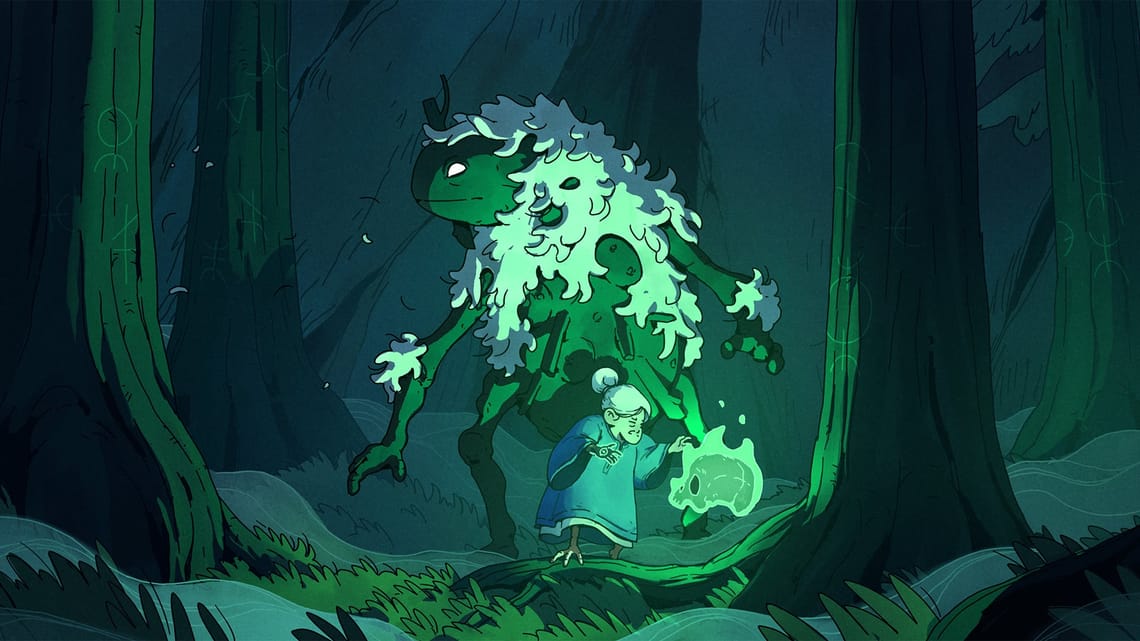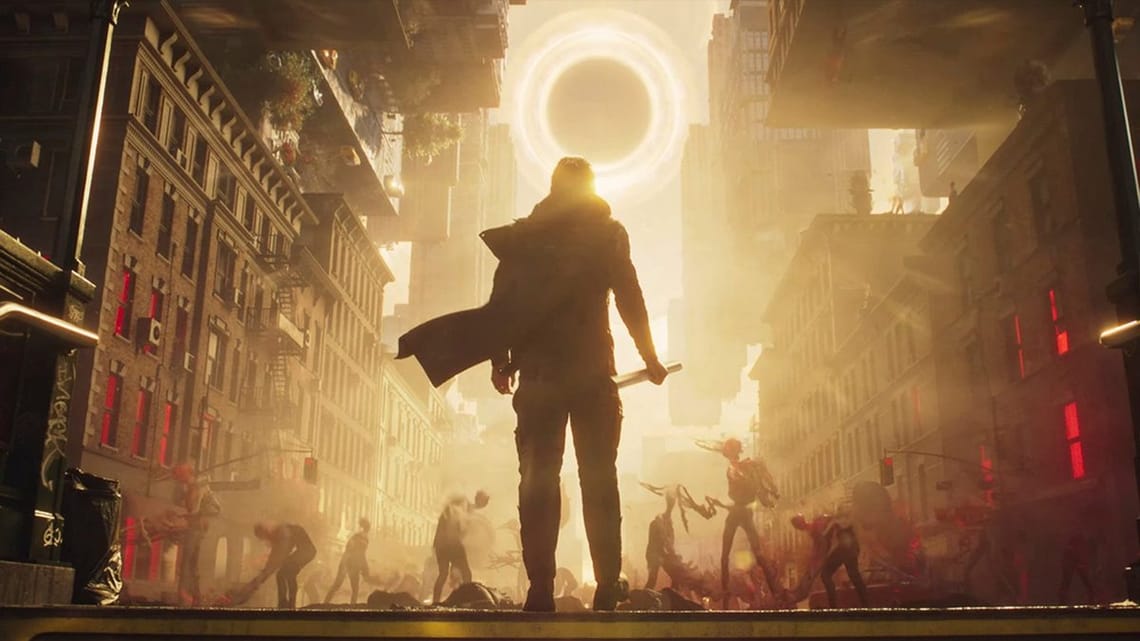Visions of Mana is the proper mainline entry in Square Enix's long-running Mana series in nearly two decades (no, 2020's Trials of Mana remake doesn't count). Its developer, Ouka Studio, was shut down by its parent company, NetEase, literally one day after Visions of Mana launched. These two facts need to be present in the back of your mind as you read this review, the same way they were ever present in the back of mine as I played through this gorgeous, generous, lush RPG.
Our story begins by introducing us to its world and the rules that govern it. Every four years, a faerie from the Tree of Mana sets out to find an "Alms" from one of eight villages, who then have to journey to the tree and sacrifice themselves to make sure the world doesn't implode. The alms are appointed a Soul Guard, part bodyguard, part escort, whose job is to ensure they complete their journey successfully. Our heroes are Hinna, the Alm of Fire and her Soul Guard Val, just as they're about to set out on their journey.
[lasso id="3235" link_id="1452" ref="amzn-visions-of-mana-playstation-5"]
So far, the setup is eerily similar to Square's Final Fantasy X (as well as the criminally underrated I Am Setsuna). Still, if you've played a Mana game before, this premise should immediately raise some red flags. Isn't the Tree of Mana a force for good? Since when does it demand sacrifices? Where is the Sword of Mana? Are we really going to play through a 50+ hour RPG to see our heroes willingly walk into their own doom?
For the first 20 or so hours, Visions of Mana seems to have very little interest in grappling with these questions as you go from village to village, getting involved in their petty squabbles and gathering your little party of elemental Alms. It's not the best-paced story, and the game really wants you to coast on the vibes, taking time to hang out with the characters before things get going. But oh boy, do they get going eventually! That's all I'll say on the story.
The regions you explore are brought to life with some stunning visuals.
Ouka has opted for Unreal Engine 4, which you might remember from the equally gorgeous Dragon Quest XI: Echoes of An Elusive Age.The graphics aren't exactly state-of-the-art, but the art direction is breathtaking. The clouds and 2D skyboxes lend every vista a painterly feel, while the chunky, anime-esque character designs and lush environments contrast with them, adding some welcome visual depth.
All of these landscapes are also a joy to traverse. Out in the overworld, you're able to sprint, dash, double jump, and air dash your way around cliffs. The overly prescribed and contextual traversal that you typically find in Japanese RPGs is absent here in favour of something much more free-flowing and expressive. This is in stark contrast to something like, say, Final Fantasy VII: Rebirth, which touted itself as an "open world" yet restricted where you went and how you went there at all times. Let's just say you won't find any yellow paint in Visions of Mana.
While exploring, you'll often find yourself faced with combat, and this is where things get a bit messy. That's not to say the combat isn't fun, but it requires you to juggle a few too many spinning plates to match the otherwise expressive and improvisational nature of the exploration.
You have light and heavy attacks that you can combo into each other, as well as abilities you can execute from a radial menu or by using quick shortcuts. You can have up to three party members that you can switch between at the press of a button, but I rarely felt the need to micromanage battles to that degree. You can pick whichever character whose gameplay you like the most and stick with them until the end, letting the AI control your teammates.
Particular attention needs to be paid to the background score put together by Hiroki Kikuta, Tsuyoshi Sekito, and Ryo Yamazaki. Square Enix games generally have great music, but the tracks this trio of composers have laid down here are among the genre's best.
The main thing is that it is such a perfect encapsulation of the melancholy heroism of the main cast, I had to let it play out in its entirety twice in the main menu before even starting the game. I also love the fact that there is no singular battle theme here. When you're out exploring the overworld, your exploration music dynamically shifts into a "battle" version by switching out the flutes for heavier strings. This decision to change instruments rather than tempo helps maintain the consistent hang-out vibes of the overworld exploration, and it's something I hope to see become a trend in open-world RPGs going forward.
And it's here that I must once again bring up the tragic shuttering of Ouka Studio. The studio was staffed with tremendously talented people who all worked to create not just a legitimately great game, but one that pushes its entire genre forward in a way that even Square Enix's biggest IP haven't entirely succeeded (looking at you Final Fantasy XV and VII: Rebirth).
I would have loved to see what this team could have done with DLC or a sequel or whatever project they would have worked on next. Instead, the team will most likely be scattered in the wind, making whatever little mark its members will make at whatever studio scoops them up. Those studios would be lucky, but not as fortunate as we are to live in a world where a game like Visions of Mana got to exist.
Subscribe to our newsletter to get the latest updates and news







